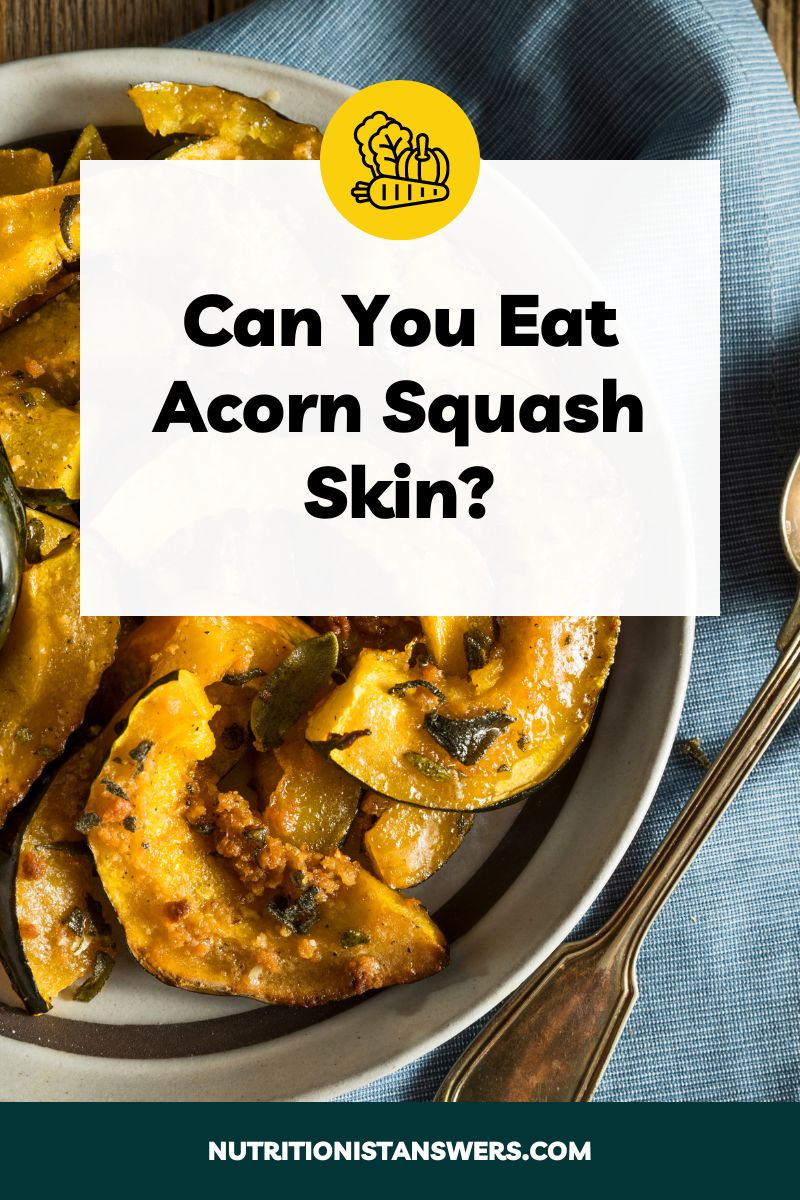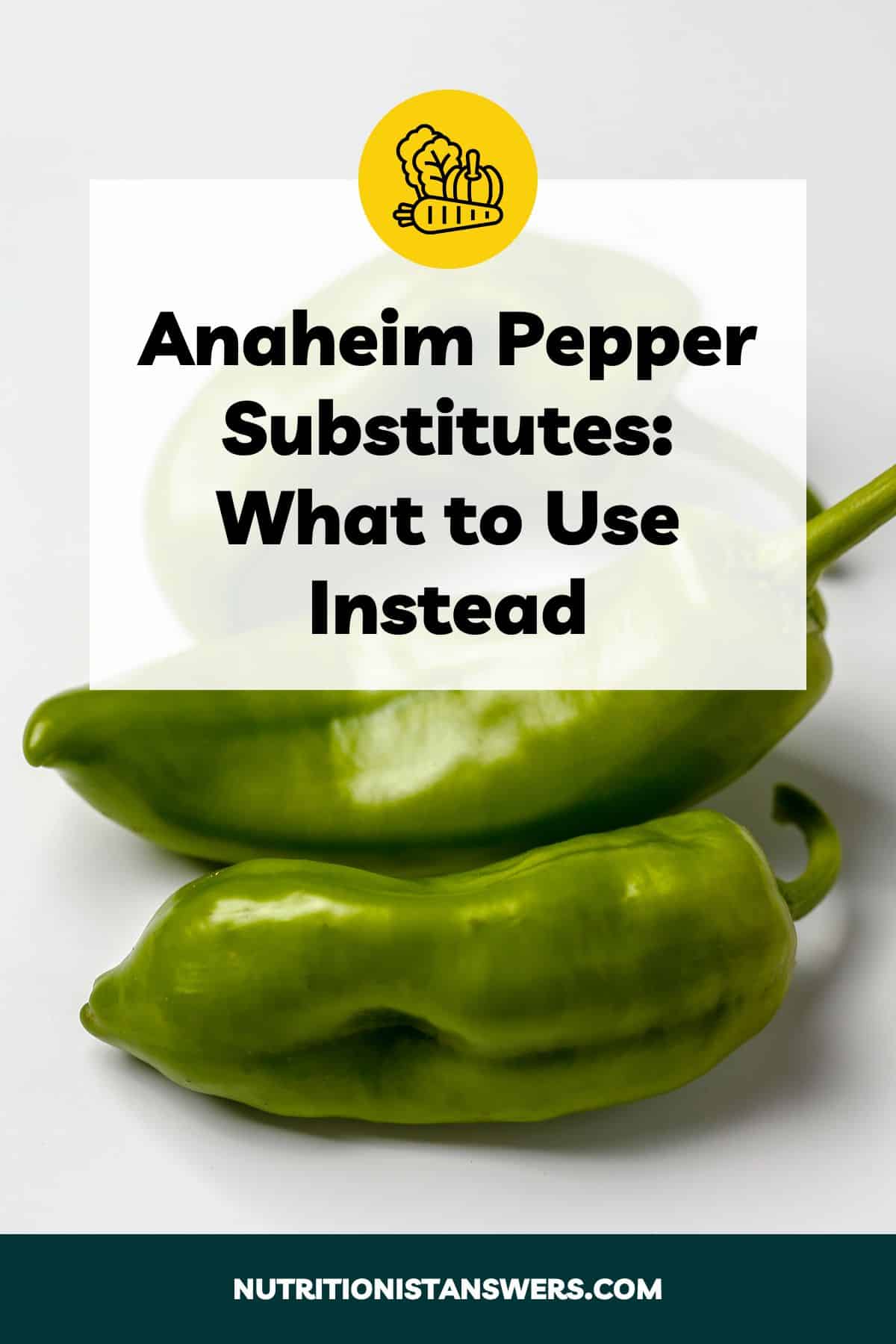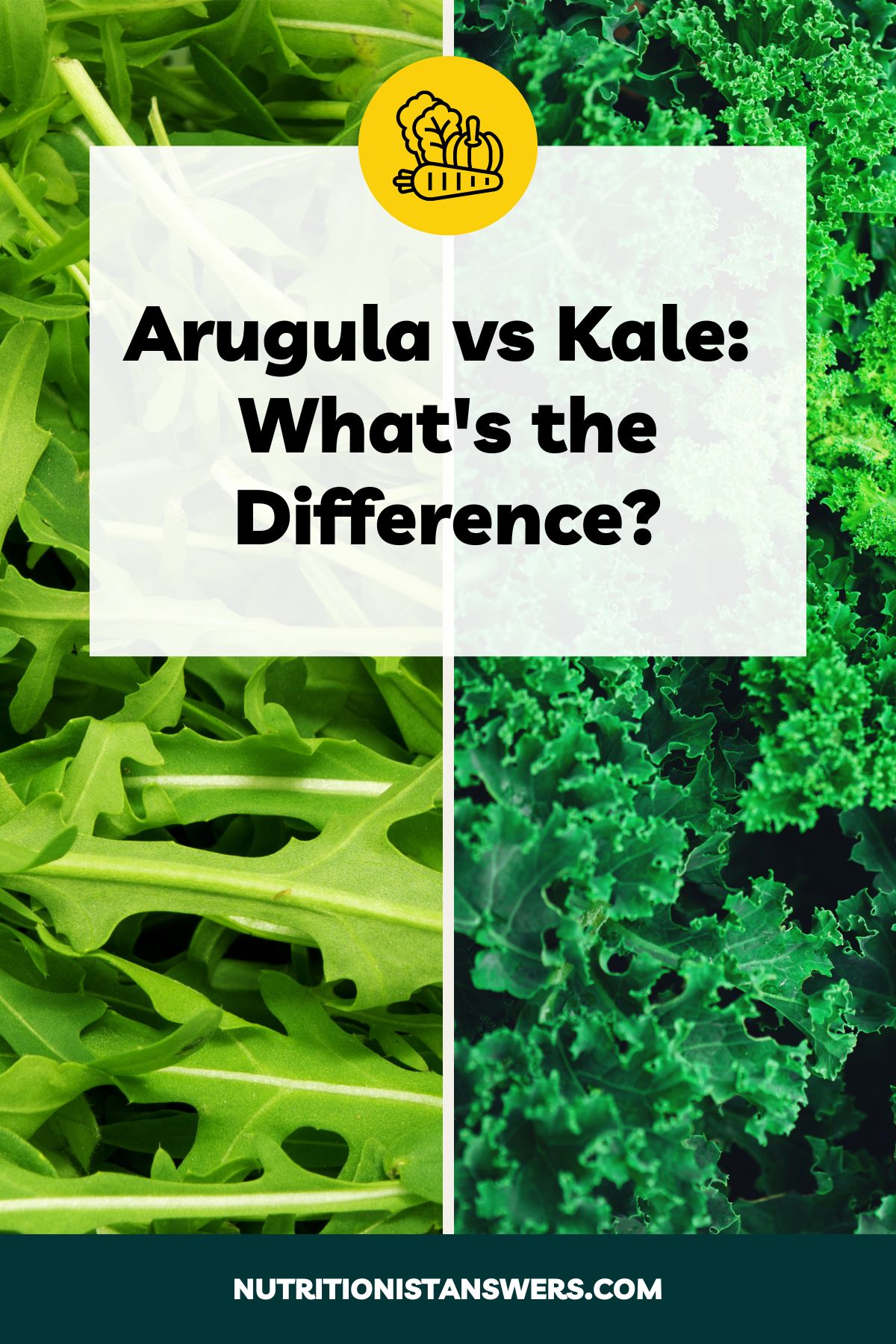Acorn squash is a delicious and nutritious variety of winter squash that can be used in many types of recipes.
It’s in season in the fall and winter but can be found at the grocery store year-round.
However, acorn squash can also be challenging and time-consuming to prepare if you opt to peel the skin.
Leaving the skin on would certainly save you some time and effort, but you may be wondering — can you eat acorn squash skin? Keep reading to find out!
Can you eat acorn squash skin?
Yes, you can eat acorn squash skin.
Technically, all winter squash skin is edible, but thinner-skinned varieties — including acorn squash — may be more enjoyable to eat than others.
To make acorn squash skin more palatable, try roasting, baking, or simmering it. These cooking methods help to soften the skin and make it easier to chew.
When prepared correctly, the tender skin blends right in with the nutty flavor of the flesh.
Benefits of eating acorn squash skin
Eating acorn squash skin allows you to get all of the flavor and nutrition that the vegetable has to offer.
Like most vegetables, acorn squash skin is high in fiber as well as vitamins, minerals, and antioxidants, making it a nutritious part of your diet (1, 2).
The thin skin of acorn squash is a particularly great source of insoluble fiber – the kind of fiber that is not digested, adds bulk to our stools, and helps prevent constipation (3).
Eating the whole squash is also a wonderful way to reduce food waste, which is great for the environment.
Risks of eating acorn squash skin
However, acorn squash skin can also be more difficult to digest, so you may want to avoid it if you’re currently experiencing any uncomfortable digestive symptoms.
For example, people with inflammatory bowel disease (IBD) are often advised to avoid fruit and vegetable skins, including acorn squash skin, during flare-ups (4, 5).
Delicious ways to eat acorn squash skin
If you’re looking for some recipes that use acorn squash (with the skin), check out some of our favorites:
- Acorn Squash Saltimbocca
- One Pan Chicken with Bacon and Acorn Squash
- Roasted Acorn Squash Wedges with Garlic-Herb Sauce
- Squash and Black-Eyed Pea Coconut Curry
- Turkey Stuffed Acorn Squash
But you can keep it simple as well!
Make easy roasted acorn squash by cutting acorn squash in half, scooping out the seeds, and then slicing it into wedges. Place the wedges on a baking sheet. Toss with olive oil and maple syrup and season with salt and pepper. Roast in the oven at 400 degrees for 40-50 minutes, turning halfway, or until the squash is tender and slightly golden.
Can you eat the skin of other winter squashes?
While technically the skin of any winter squash is edible, you probably don’t want to eat the skin of every variety. Some are too tough and fibrous to be enjoyable.
The thicker the skin, the tougher and chewier it will be after cooking, so stick with thin-skinned varieties if you want to eat the whole squash.
Types of winter squash with edible skin include: acorn squash, delicata squash, red kuri squash, small sugar pumpkins, sweet dumpling squash, young butternut squash, or young kabocha squash.
Types of winter squash with tough, less enjoyable skin include: large pumpkins, mature butternut squash, mature kabocha squash, and spaghetti squash.
And of course, you can always eat the skin of summer squash like zucchini, pattypan squash, yellow squash, etc.
If your acorn squash looks extra shiny, it may have been coated with edible wax, which could make it less pleasant to eat. You can shop at a farmers market to avoid this issue.
Choosing a ripe squash
If you’re interested in eating the skin of your squash, it’s important to select a ripe, firm squash with smooth, dark green skin.
A small splash of orange on the skin is fine, but if the whole squash has turned orange, it is likely overripe and won’t taste as good.
Avoid acorn squash with soft spots or wrinkly skin, as that could be a sign of spoilage.
Storing acorn squash
To keep your acorn squash fresh and tasty for as long as possible, store it in a cool, dark place, like a pantry or root cellar.
Avoid refrigerating whole acorn squash as the cold temperatures may impact the texture.
Final thoughts
Acorn squash skin is perfectly edible and can be a tasty addition to many dishes.
Leaving the skin on your acorn squash can also save you time and effort while serving as a source of extra fiber and antioxidants.
However, acorn squash skin can be difficult to digest and may need to be avoided temporarily by some people with digestive disorders.
As always, talk to your doctor or dietitian if you’re unsure about whether or not to eat acorn squash skin.
Amy Richter is a Registered Dietitian Nutritionist based in Missouri. She is an experienced nutrition writer and medical advisor for Healthline and Medical News Today. Amy is passionate about all things food-related and enjoys translating complex science into easy-to-understand articles.
Medical Nutrition Board Member | Registered Dietitian Nutritionist
Erica Julson is a Registered Dietitian Nutritionist based in sunny California. She has over a decade of experience in food writing and recipe development and is the proud founder of four blogs in the food and nutrition space. Erica has also been part of Healthline's Nutrition Team and is an expert at translating research into helpful information for readers.
Credentials:
- Registered Dietitian Nutritionist (RDN)
Education:
- M.S in Nutritional Science - Cal State Los Angeles
- B.S in Psychobiology - UCLA
Experience:
- Over 10 years of experience in food and nutrition journalism.
- Former medical nutrition writer for Healthline Nutrition.
- Six years of experience working in research labs at UCLA and Carnegie Mellon University.
- Co-author on four peer-reviewed journal articles.
- Completed 1,200 hours of supervised practice to become a Registered Dietitian Nutritionist.
- Interviewed on many popular podcasts, featured on the local news, and quoted in magazines.






